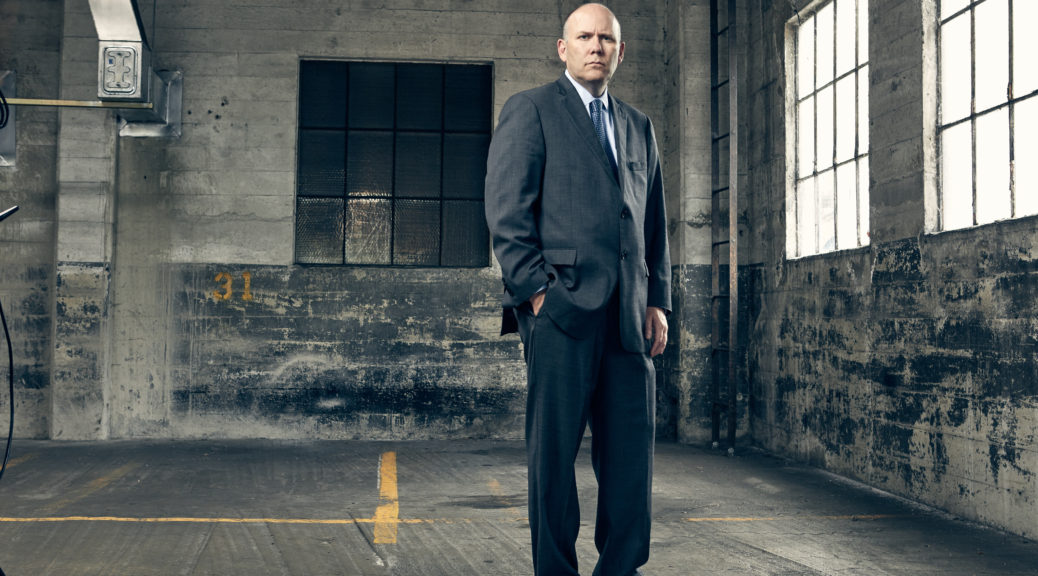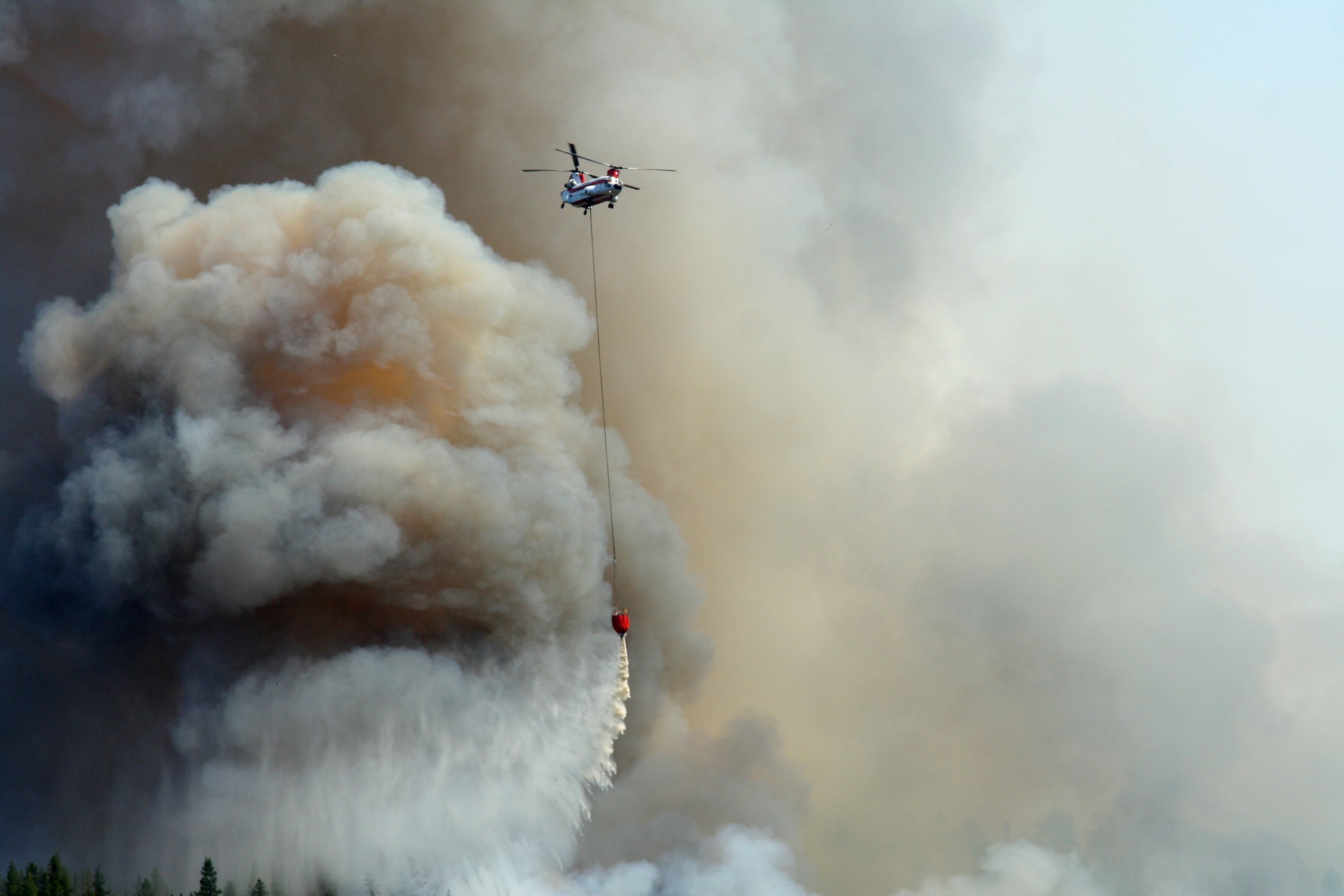
Lawyers for the manufacturing industry should pay particular attention to assisting their clients with managing burn risks. One of the under-recognized aspects of workplace injury risk has to do with the relationship between the level of technology and the potential for risk. The following is from Scott Brooksby’s article published in a manufacturing trade online magazine, Manufacturing.net, which delivers to a global community the most up-to-date news, trends and opinions shaping the manufacturing landscape–
The Manufacturing Industry Should Assess Its Technology Ladders When Addressing Burn Risk
There are few more sophisticated and complex high-heat metallurgy manufacturing industry processes — and few with less tolerance for error — than the processes involved in manufacturing components of the hot-section of an aviation gas turbine engine. This precision minimizes the risk of catastrophic aviation disasters such as uncontrolled engine failure.
Involving super-heated, liquefied metals and extremely hot smelters, furnaces, crucibles or molds, it might be assumed that hot-section manufacturing constitutes a high-risk burn environment. Actually, the danger of serious burns in any manufacturing environment often are misunderstood or underappreciated — as are the staggering human and economic costs. With a single bad burn, a worker can be scarred for life, and manufacturers or insurers may be exposed to tens of millions of dollars in worker’s compensation payments, settlements or verdicts. And no class of burns creates greater tragedy or higher financial costs than 4thdegree, full-thickness burns to the hands and face associated with super-hot metal production.
Just to illustrate, burn-center treatment of a 4th degree burn covering 20 percent of a victim’s body — a “serious large burn” — easily can exceed $750,000 for the first few months of intensive treatment at a burn center. Reconstructive surgery can continue for decades, and pain and the humiliation of disfigurement can be a life-long burden for the victim.
Precision not the only benefit of sophisticated automation
But burns in aviation hot-section parts production are relatively rare for three basic reasons. First, and principally, automated technology that delivers micron-level tolerances minimizes human error — systems that utilize computerized ovens and robots so complex that molten metals are measured to the microgram are unlikely locations for human error that leads to a burn injury.
Second, largely due to the complexity of the process and technology, the hot-section manufacturing workforce frequently is uncommonly long-tenured, highly skilled and well-educated. Last, workers are subject to disciplined safety training, and benefit from high-tech personal protective equipment — principally to reduce the risk of burns. Phenomenal technology, great training and a superior workforce all combine to mitigate the hazards of super-heated metals production.
With turbine fan blade manufacturing as a case in point, let’s review the correlation between technology sophistication, training and burn risk.
Moving down the technology ladder moves you up the burn-risk ladder
At the height of technology and its attendant safety halo are compressor, turbine disc and turbine blade manufacturing stages, with computer-controlled processes delivering incredible product quality while keeping workers safe from burns.
Highly trained technical workers oversee the automated process of powder metallurgy, in which titanium is heated to its melting point of 3,000°F and spun onto a rapidly rotating turntable, transforming the molten metal into microscopic droplets that quickly cool and form a fine metal powder. In enclosed ovens, the powder is reheated to more than 1,000°F, and pressed at 25,000 psi into a disc. All of this takes place in a sealed environment.
Turbine discs and blades, also formed through powder metallurgy, are subject to even greater stresses because of the intense heat of the nearby engine combustors.
Here we begin stepping down the technology ladder and up the risk ladder, as molten metal often is hand-poured into molds. First, copies of the blades are formed by pouring wax into metal molds. Once set, the wax shape is removed and immersed in a super-heated ceramic slurry bath, forming a ceramic coating. Each cluster of shapes is heated to harden the ceramic and melt the wax, and molten metal is poured into the hollow left by the melted wax.
Depending on the material being formed, turbine blades are subject to temperatures of from 1,000 to 2,500°F, so they are coated in ceramic thermal barrier coatings. The ceramic must be melted, and the blades dipped by workers into the molten ceramic, again at temperatures far exceeding 1,000°F.
While major portions of the fan blade stages take place in compartments, production of parts such as combustion chambers and compressor blades revert back to traditional casting methods, with workers directly exposed to liquefied titanium and metal alloys being poured into molds, which often are manually handled.
Burn risk skyrockets in secondary processes
It’s axiomatic to say that burn risk escalates as a production line transitions from fully automated to a blend of automated and manual processes, to strictly manual processes. Less well-recognized is the reality that for virtually all metals manufacturers, the least automated, dirtiest and most dangerous aspects of production are secondary processes — such as mold cleaning in aviation engine hot-section manufacturing. Unfortunately, the combination of “first assignment” areas for new, contract or temporary workers and lack of automation can lead to tragic result.
In hot-section cleaning departments, parts are dipped in large, open tanks of high-temperature caustic chemicals such as sodium hydroxide and potassium hydroxide to remove most of the casting shell. The chemicals themselves pose a potential danger, and the threat of burns escalates due to combination of heat and the mechanical nature of the work — which industry to date hasn’t yet found a way to automate.
Further, in this setting, workers periodically climb into empty tanks to undertake a potentially perilous task known as “tank digging.” It’s been documented that in some cases, workers with less than 90 days on the job have been assigned a supervisory role in this processes.
A caution regarding temporary workers where burns may occur
Although as noted, aviation component manufacturing generally employs a highly skilled workforce, but even here, the intersection of low technology and temporary or less skilled workers is a dangerous one. First, new or inexperienced workers frequently aren’t fully aware of risks and dangers involved in a job, and secondly, because of legal and financial ramifications in the event of a burn injury to a contract worker.
This is especially critical since, in most states, worker’s compensation is the worker’s sole remedy against the employer. Worker’s compensation does not typically provide for non-economic damages (pain and suffering), which dramatically spike the value of litigated settlements or verdicts in burn cases. However, other classes of workers — notably temporary and other contract workers — may be able to sue for non-economic damages resulting in verdicts or settlements that can cripple a company.
Therefore, burned workers will look for employer targets who do not ensure protections typically afforded through worker’s compensation or indemnity across all classes of workers.
Decrease risk to the business as well as to workers
In addition to investing deeply in training and the safest manufacturing equipment, every manufacturer first needs to be aware of legal and financial ramifications in the event of a burn injury to a contract worker. Employers should exercise caution in the placement of temporary workers, and closely review contracts with temporary worker service providers to ensure that iron-clad provisions are in place to contractually obligate service providers to provide worker’s compensation for the temporary employee. Also, manufacturers also should insist on indemnity provisions that protect against any claims brought by the temporary worker for injury.
In many areas, the aviation hot section component manufacturing industry represents a pinnacle of safety training and manufacturing technology. But a lesson can be learned in recognizing the increased threat of burn risk at stages where the technology footprint is light, and the workers are less trained and less invested.


